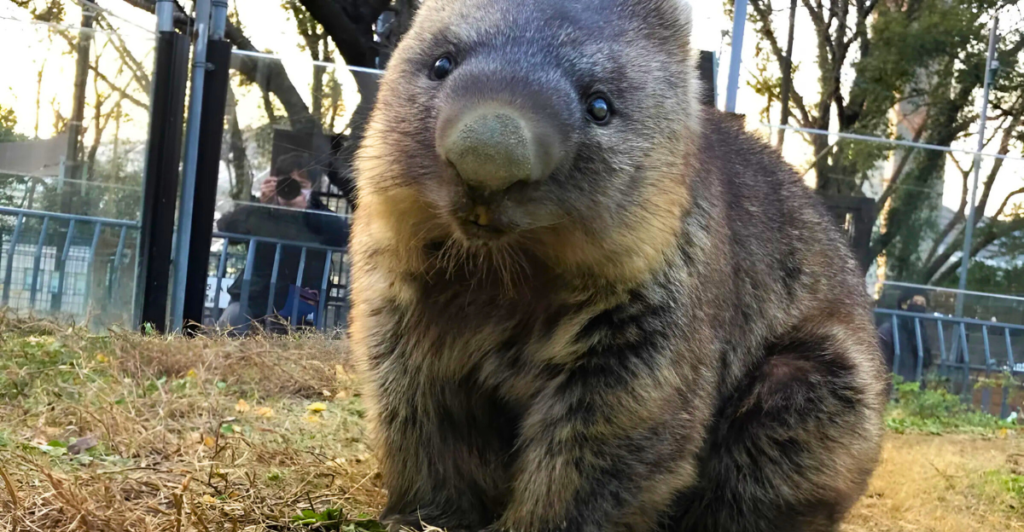
There are so many fascinating animals worldwide, some of which have been on this earth for millions of years. While dinosaurs and other prehistoric giants have long since disappeared, a few mammals have stood the test of time, evolving and adapting while their distant relatives went extinct.
1. Giraffe
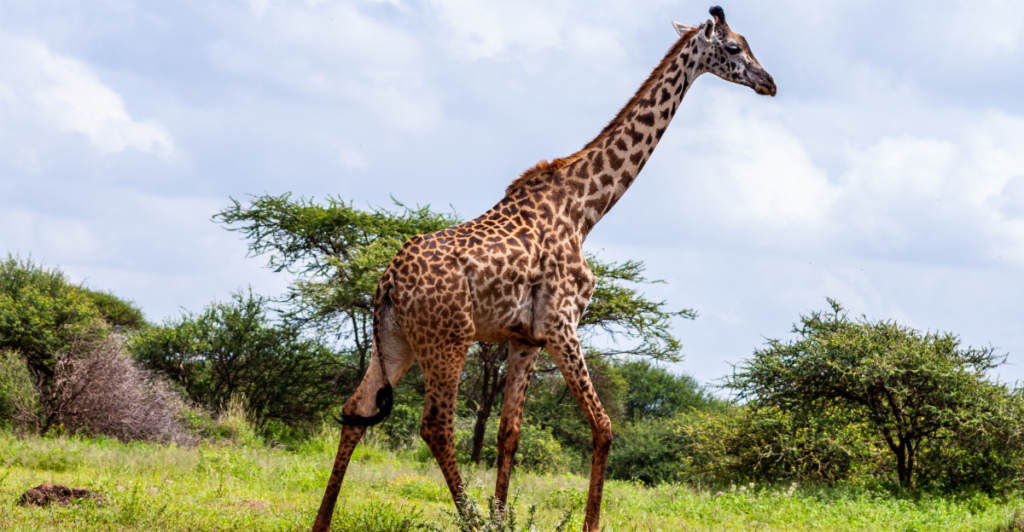
The Giraffe is the tallest animal on land and has been roaming the earth for millions of years, with their ancestors dating back around 25 million years. The more modern version of the Giraffe has been around for about 8 million years. Fossil records show that early giraffids had shorter necks. Still, over time, natural selection favored those with greater reach, allowing them to graze on treetop leaves beyond the reach of other herbivores.
2. Bear
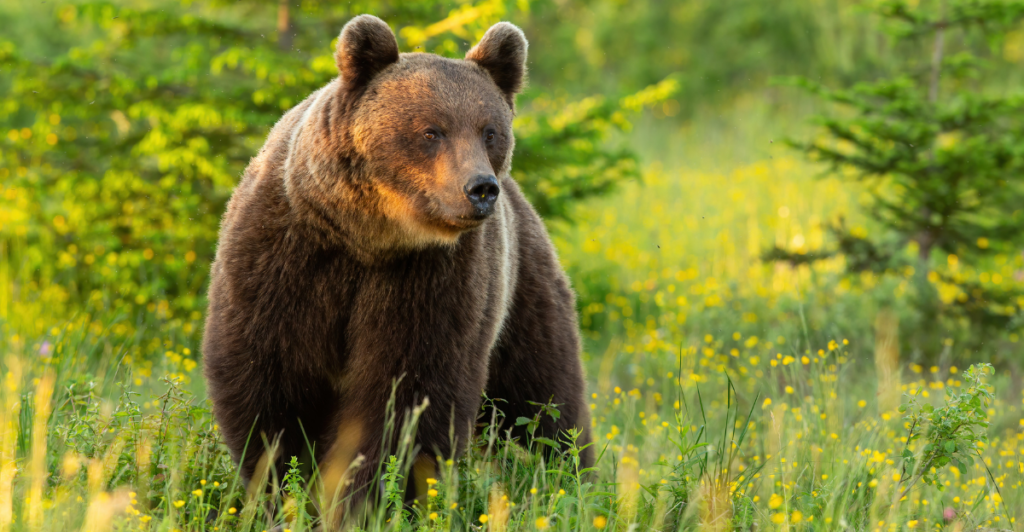
Bears have been roaming the Earth for millions of years, with their earliest ancestors appearing around 38 million years ago. Over the years, they have adapted to every environment, and they are still going strong. Fossil evidence suggests modern bears evolved from a common ancestor shared with dogs and weasels, gradually developing their stocky builds and strength.
3. Okapi
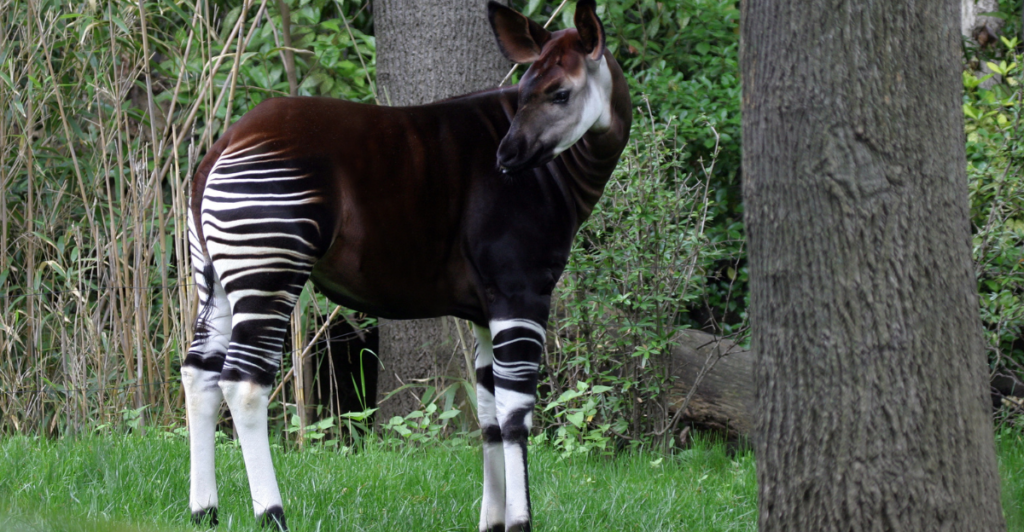
These rare mammals can be found in the rainforests of the Democratic Republic of the Congo and are thought to be around 18 million years old. These stunning creatures weren’t known to the world until the 20th century. The Okapi is also the closest living relative of the Giraffe despite their close resemblance to a Zebra.
4. Bowhead Whale
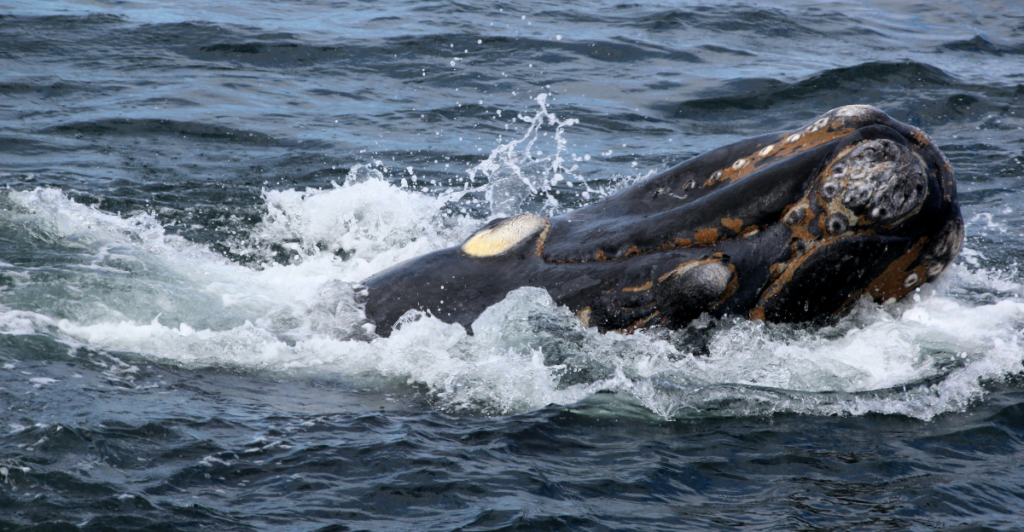
These creatures aren’t just one of the oldest living mammals on earth but also one of the animals that live the longest. These whales are thought to have been on this earth for the last 50 million years, and some have been known to live for more than 200 years, surviving in the frigid Arctic waters with a thick layer of blubber and an enormous skull designed to break through sea ice. These massive whales have impressive survival skills and are worth watching and protecting.
5. Red Panda
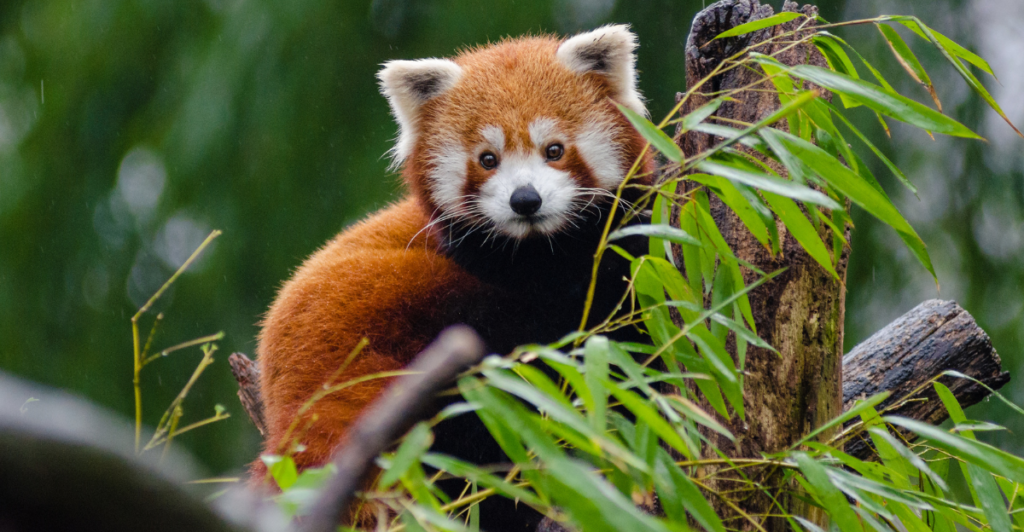
Despite their misleading name, the Red Panda isn’t related to the Giant Panda but belongs to its unique family, Ailuridae. It is thought to have been alive for around 25 million years. However, it is currently on the endangered animals list, making it rare.
6. Elephant Shrew
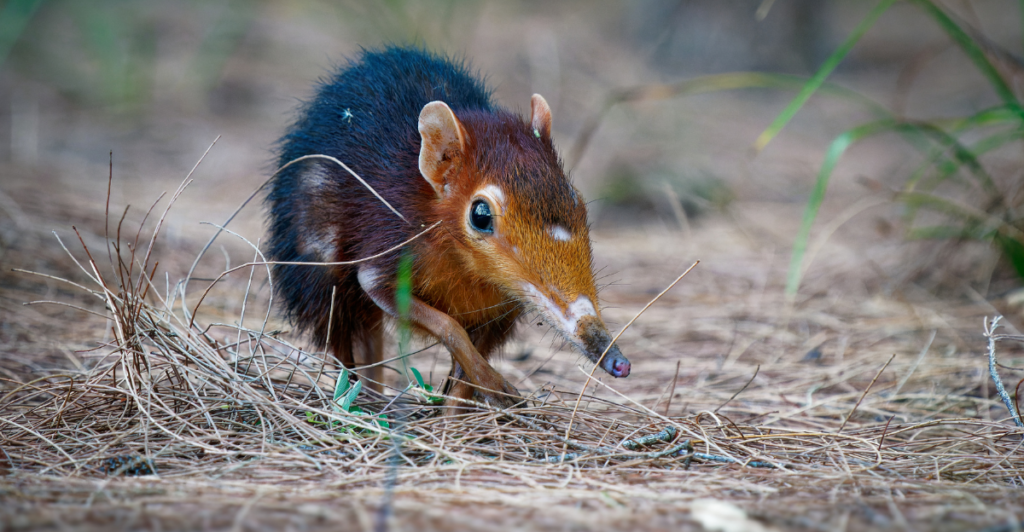
These small mammals have been scurrying along on earth for around 55 million years. Found in various parts of Africa, elephant shrews are known for their elongated snouts, which they use to sniff out insects, and their powerful hind legs, which allow them to sprint at impressive speeds. They have adapted to many different environments over the years, and their small size makes their survival skills remarkable.
7. Elephant
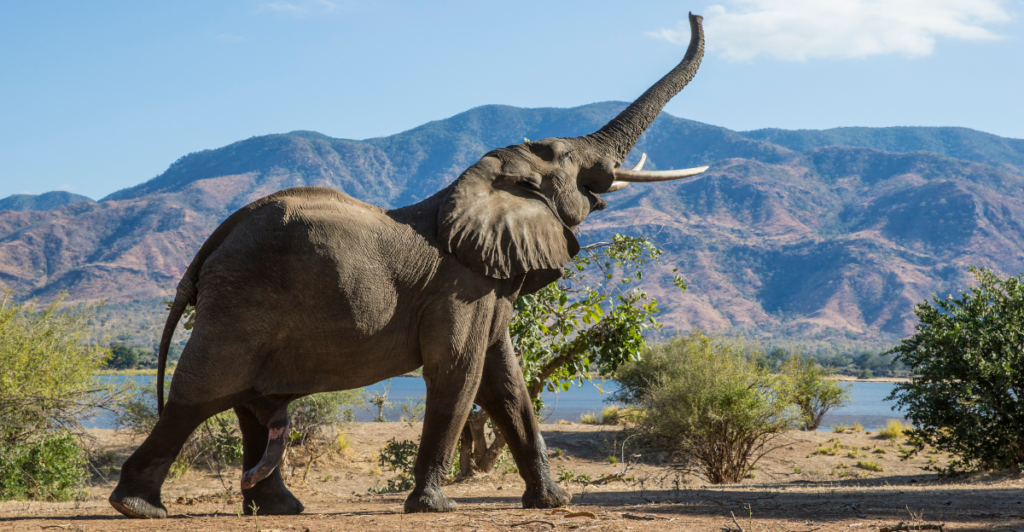
These majestic animals have been roaming the earth for over 55 million years. Modern elephants are the last surviving members of the once-diverse order Proboscidea, which included prehistoric giants like the woolly mammoth. These gentle giants have incredible survival skills, but due to environmental changes, they can face severe habitat loss threats.
8. Laotian Rock Rat
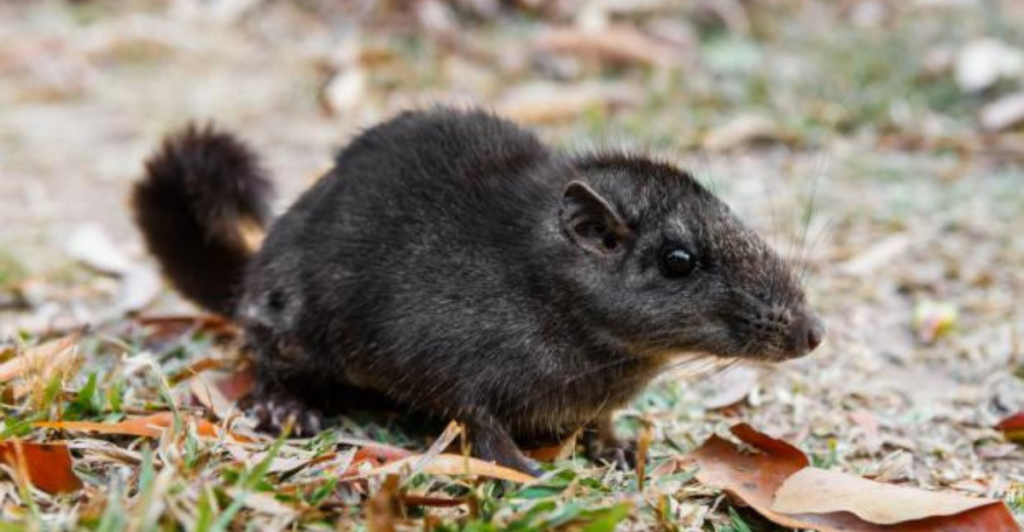
These little critters were thought to have gone extinct around 11 million years ago but defied all odds and are still around today. This sneaky rodent, part of the Diatomyidae family, was rediscovered in 2005 in the rocky limestone regions of Laos. They have been roaming the earth for over 32 million years and have impressive survival skills.
9. Monito del Monte
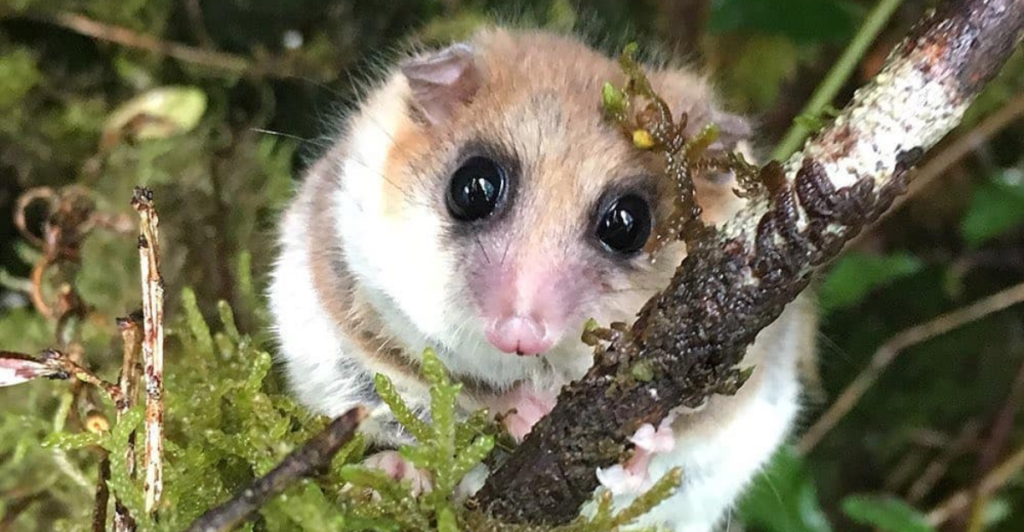
These cute little marsupials, also known as the “little monkey of the mountain,” have been around for an impressive 46 million years. They can be found in the highlands of Argentina and Chile. They are also near endangered, and their numbers are declining quickly.
10. Shrew Opossum
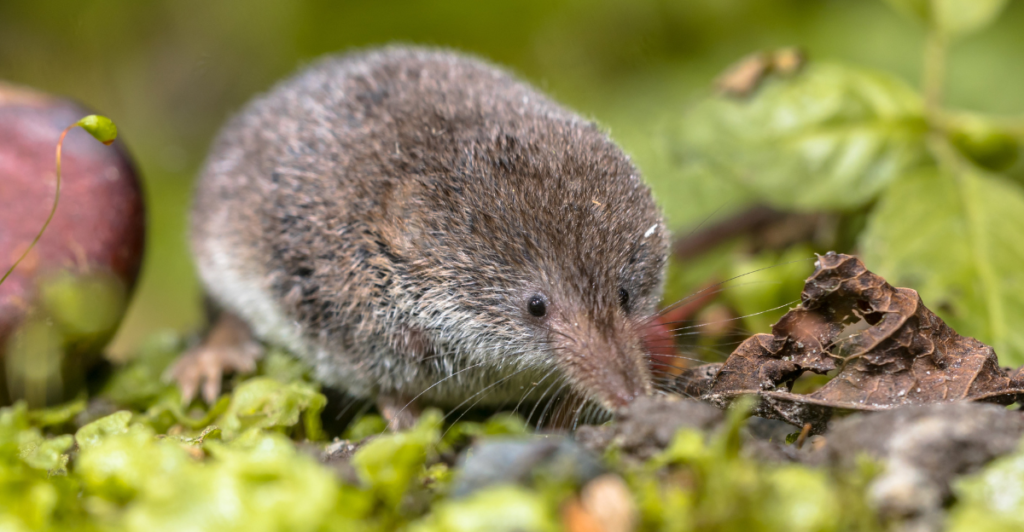
For the last 37 million years, these creatures have been roaming the forests of South America for millions of years. They closely resemble a shrew with their pointed nose and sharp teeth. Still, the shrew opossum is unique in its evolutionary role as one of the last remaining members of the Caenolestidae family.
11. Solenodon
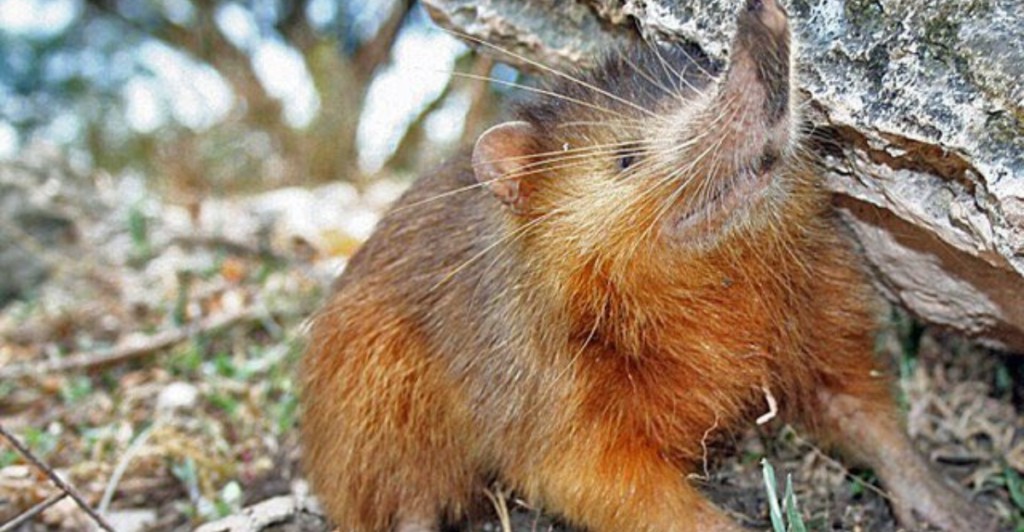
This ancient mammal has survived virtually unchanged for over 70 million years, making it one of the oldest living species on Earth. These little creatures have a unique defense mechanism, quite unusual for mammals. They are one of the few mammals that produce venom in their saliva, allowing them to immobilize their prey.
12. Monotremes
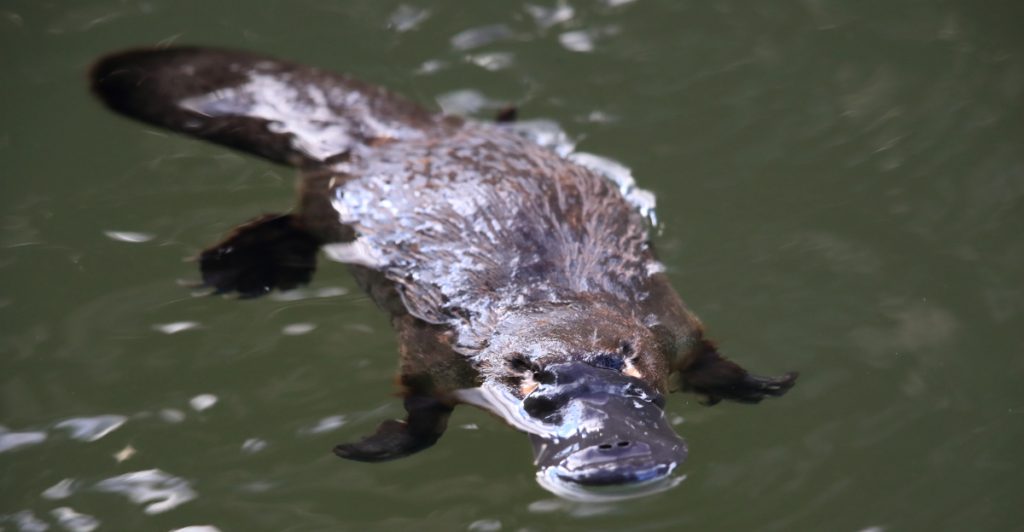
This last one isn’t a single animal but rather a group of mammals facing all odds and is one of the oldest living mammals on earth. This group of egg-laying mammals is among the most ancient of all surviving mammals, with origins dating back over 250 million years. This group includes the platypus and echidnas, whose evolutionary lineage is so old that they diverged from the ancestors of all other mammals before the rise of marsupials and placentals. Although they do lay eggs, they are still classified as mammals.
Discover more of our trending stories and follow us to keep them appearing in your feed

The War on Cows Is Over—And Green Extremists Have Lost
500-Year-Old Shark Disappears After $7M Government Grant
Scientists Are Bringing Back The Wooly Mammoth
The Magnetic North Pole Just Shifted—Here’s What It Means
References:
Reference 1
Reference 2
Reference 3
This article first appeared here
Stay connected with us for more stories like this! Follow us to get the latest updates or hit the Follow button at the top of this article, and let us know what you think by leaving your feedback below. We’d love to hear from you!







